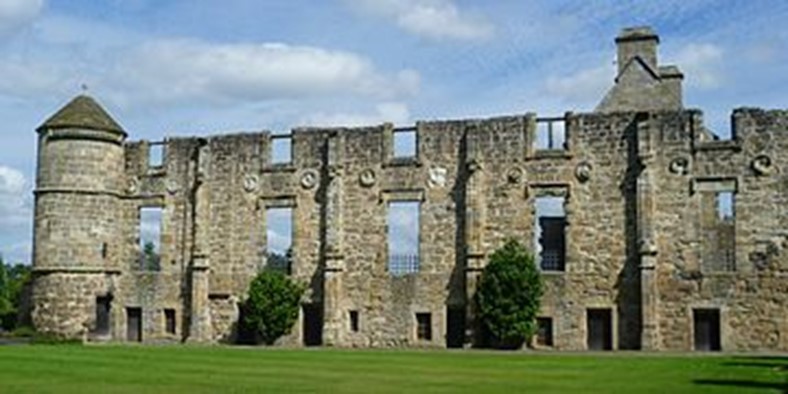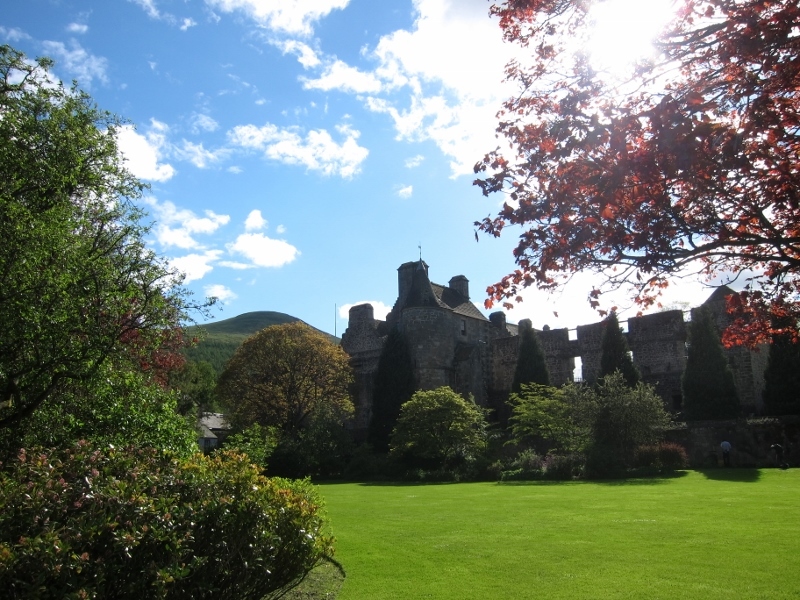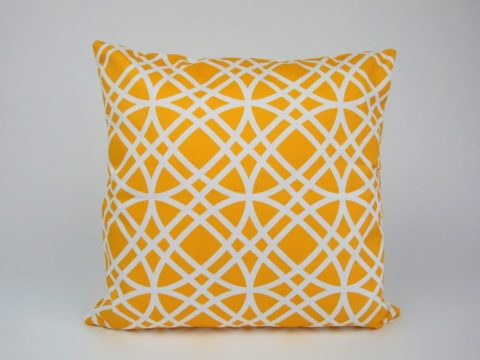Falkland Palace
A fine Renaissance palace
Falkland Palace, located in Fife, some 35-40 miles from Edinburgh, Linlithgow, and Stirling, was a favoured country residence of the later Stewart monarchs, who enjoyed hawking and hunting in the extensive parkland and forests surrounding the palace.
James I confiscated the earldom of Fife, including the thirteenth century castle at Falkland, from the Albany Stewarts in 1424, and in 1451 James II granted the earldom of Fife, including Falkland, to his queen, Mary of Guelders. A notable patron of building, Mary commissioned major works at Ravenscraig Castle in Fife and Trinity College in Edinburgh. There is a reference to ‘le galry’ at Falkland during Mary of Guelders’ time which, according to John Dunbar, is the first known reference to such a structure in Scotland, pre-dating the earliest reference to galleries in the English royal houses which occurred during Henry VII’s reign. However, it was James IV and his son, James V, who transformed Falkland into a Renaissance palace.
James IV was a frequent visitor to Falkland and he initiated an extensive programme of works from 1501, which continued until his untimely death at the Battle of Flodden in 1513. The principal buildings were relocated to a site adjacent to the earlier castle, incorporating part of it into what became the north range. He renovated the north range’s great hall and added the south and east ranges to create three ranges around a rectangular open courtyard. Of the north range, only the excavated footings remain, however, they indicate that the great hall, at 30.2m by 7.9m internally, was slightly larger than the one that can still be seen today at Hampton Court Palace.
The new royal lodgings were on the first floor 'piano nobile', in the three-storey east range, above the ground floor cellarage. The south range contained a series of chambers for courtiers and senior household officials, with a new chapel and vestry on the second floor and more chambers above. A new walled garden was laid out on the east side of the palace, on a similar site to the existing garden.
During the 1530s, James V carried out substantial works, embellishing his father’s buildings with decorations inspired by French chateaux that he visited during his time in France, and his main programme of improvements began in 1537, following his marriage to Madeleine de Valois, eldest daughter of François I.
Although it retained the original layout from James IV’s time, the south range was almost completely re-built above the cellarage and a gatehouse was added to the west end of the range, that became the new entrance to the palace. James V also re-modelled the east range, but following a fire in the 1650s, all that remains is a roofless shell that was partially restored in the 1890s.
It is possible to see, nonetheless, on the south range and the remains of the east range, that the French Renaissance decoration is most striking on the courtyard facades of the palace, with their bay designs, medallions, statues and prominent dormer windows believed to be inspired by Francois I’s chateaux of Fontainebleau and Villers-Cotterets.
During the busiest year of building works in 1539, there were often more than 60 masons on site and monthly building costs averaged as much as £390. The workforce comprised some of the most talented craftsmen in Scotland, along with notable figures from France and the Low Countries. Four royal master masons worked on Falkland, one of whom, Nicholas Roy, was sent from France by the Duchess of Guise at the request of her daughter, James V's second wife, Queen Marie. The Queen’s painter, possibly Pierre Quesnel, according to John Dunbar, was employed at Falkland in February 1542, once the building programme was complete.
It was to Falkland that James V retreated following his army’s defeat by the English at the Battle of Solway Moss, and he died there less than three weeks later in December 1542, six days after the birth of his daughter, and heir, Mary. James’ body lay in the Chapel Royal for several weeks before being taken to Edinburgh for burial at Holyrood Abbey.

Mary was a regular visitor during the years of her personal rule in Scotland. Falkland was a convenient stopping off point for her visits to Perth and St Andrews and she also often stayed for several weeks at a time in the spring, keenly participating in the opportunities for falconry, hawking and hunting so abundant in the area. Mary enjoyed playing tennis as well, using the real (royal) tennis court that was built there for her father. This court remains today, the world’s oldest tennis court still in use.
James VI gave Falkland to his bride, Anne of Denmark, as part of her 'morning gift' or dower. James and Anne used Falkland regularly and were staying there in June 1592 when Francis Stewart, Earl of Bothwell, and a group of men unsuccessfully attempted to capture the palace and the king and queen within. James stayed at Falkland Palace when he visited Scotland in 1617 and the palace was also used by Charles I and Charles II on their rare visits to Scotland. When Falkland was occupied by the soldiers of Oliver Cromwell in the 1650s, a fire started which partially destroyed the palace, and it subsequently fell into ruin. In the late nineteenth century, the palace was rescued and restored by the 3rd Marquess of Bute.

Today it is possible to see the roofed south range, with the Chapel Royal and lodgings, with their reproduction sixteenth century furnishings, painted ceilings and royal arms, and the remains of the east range.
Falkland Palace is managed by the National Trust of Scotland and open to visitors throughout much of the year.
Sources:
Dunbar, J G (1999) Scottish Royal Palaces: The Architecture of the Royal Residences during the Late Medieval and Early Renaissance Periods East Linton, Tuckwell Press
Dunbar, J G (1984) “Some Aspects of the Planning of Scottish Royal Palaces in the Sixteenth Century” Architectural History, Vol.27, pp15-24
